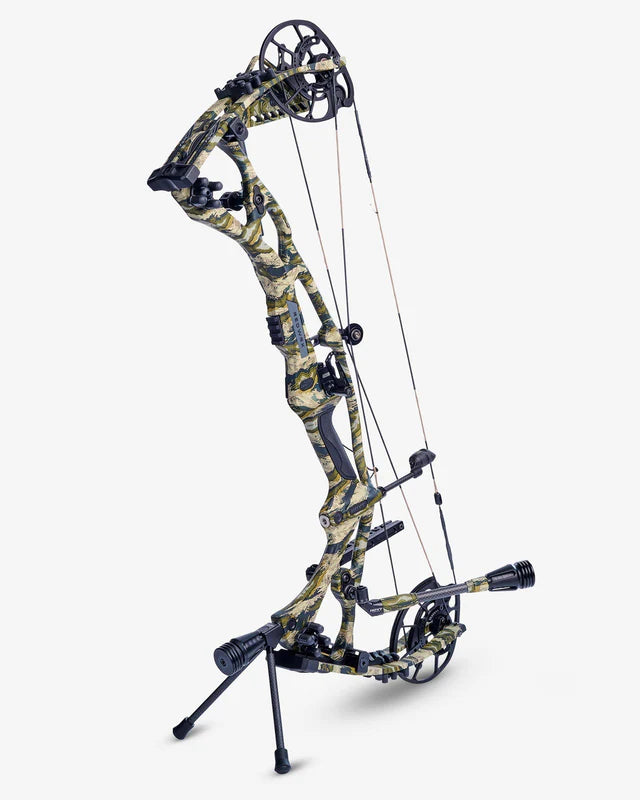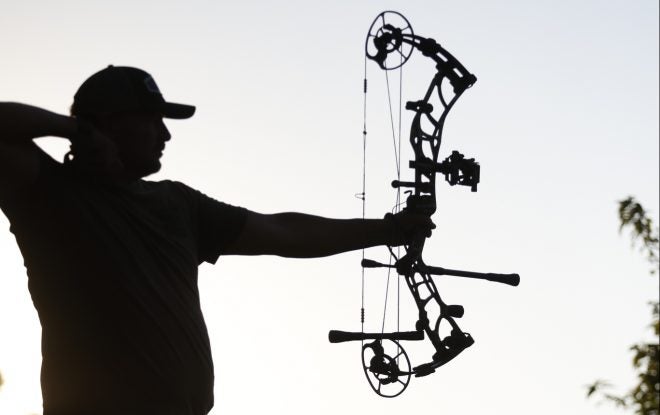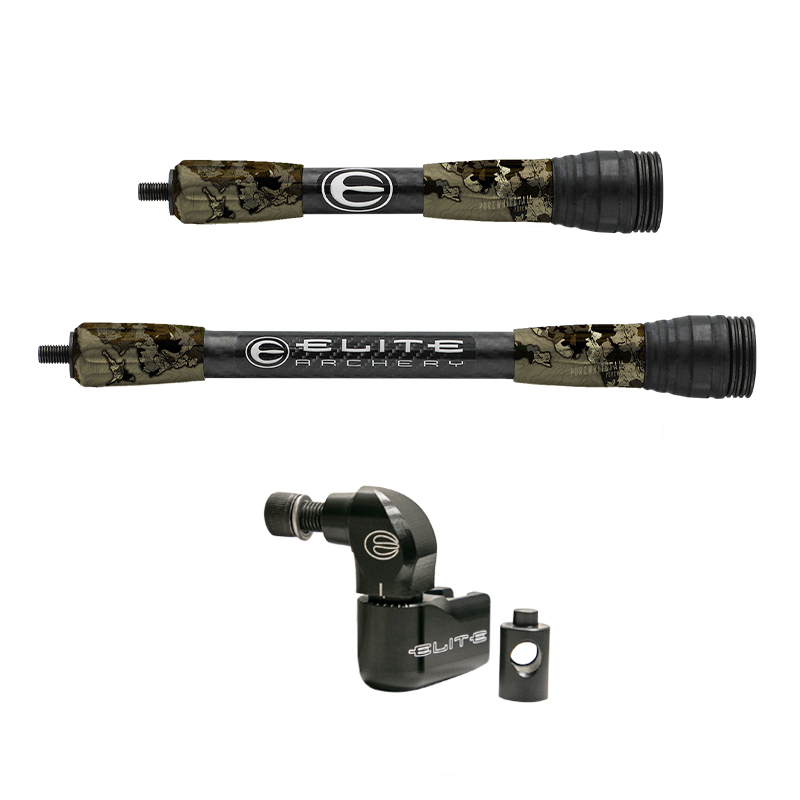Increase Your Archery Efficiency: The Ultimate Guide to Bow Stabilizer Setup
Among the various components that contribute to accuracy and stability, the bow stabilizer plays a pivotal duty in fine-tuning your shot execution. Comprehending how to optimize your bow stabilizer setup can lead to considerable enhancements in your overall precision and consistency on the variety or in the field.
Comprehending Bow Stabilizers
In the world of archery tools, the function and function of bow stabilizers stand as necessary elements for enhancing shooting precision and security. Bow stabilizers are made to reduce bow torque, decrease vibrations, and assist in holding the bow consistent throughout the intending and release process. By connecting a bow stabilizer to the riser of the bow, archers can experience enhanced balance and minimized hand shock, resulting in more accurate and consistent shots.
The main function of a bow stabilizer is to moisten any type of resonances that occur upon launching the arrow. This reduction in vibration not just improves the shooter's convenience but likewise aids maintain emphasis and control throughout the shot cycle. In addition, bow stabilizers help in reversing the weight of accessories connected to the bow, such as views, quivers, and arrowhead rests, guaranteeing ideal weight circulation for boosted security.
Recognizing the mechanics and advantages of bow stabilizers is critical for archers looking to tweak their shooting performance and accomplish better precision on the variety or in the area.

Picking the Right Stabilizer Weight
Picking the ideal weight for your bow stabilizer is a crucial facet of enhancing your archery arrangement for boosted shooting efficiency. The stabilizer weight directly affects exactly how successfully the stabilizer reduces resonance and supports your bow during the shot. When selecting the right stabilizer weight, it's necessary to consider your capturing style, bow balance, and personal preferences.
Lighter stabilizers, usually evaluating in between 3-6 ounces, are preferred by archers that focus on maneuverability and fast target purchase. These stabilizers are perfect for seekers or those who fire in tough surfaces where mobility is essential. On the various other hand, larger stabilizers, varying from 8-12 ounces or even more, are favored by target archers looking for optimum security and lowered bow activity. The included weight helps hold the bow steadier during the aiming procedure and decreases the results of torque on the bow.
Eventually, the best stabilizer weight for you will depend upon your shooting objectives and preferences. Explore different weights and finding the one that offers the optimum equilibrium of security and ability to move is essential to boosting your archery performance.
Installing Your Bow Stabilizer
To effectively mount your bow stabilizer, guarantee that you have all the necessary devices and follow these detailed guidelines for a efficient and safe and secure configuration. Beginning by determining the front stabilizer bushing on your bow riser. The majority of bows have pre-threaded holes for stabilizer installation. Next off, apply a small amount of bowstring wax to the strings of the stabilizer screw to avoid it Get More Information from loosening during use.
Thoroughly string the stabilizer right into the front bushing by hand, making certain not to cross-thread it (bow stabilizer). Once the stabilizer is snugly in position, use an ideal wrench to tighten it firmly. Prevent over-tightening, as this can cause damages to the bow or stabilizer
After setting up the stabilizer, check to guarantee it is straight and aligned with the bow. Some stabilizers feature adjustable weights or dampeners; adjust these according to your preferences and shooting design. Examination the bow to ensure the stabilizer is efficiently minimizing resonance and improving your shot consistency.
Readjusting Stabilizer Setting for Precision
After setting up the bow stabilizer safely, enhancing its setting is vital for improving accuracy in your shooting. The position of the stabilizer can significantly impact the equilibrium and security of your bow throughout the shot cycle. resource To change the stabilizer for optimal precision, beginning by explore various settings. Moving the stabilizer closer to the riser can help in reducing the bow's total weight circulation, possibly enhancing your aiming security. Conversely, expanding the stabilizer better out can improve the bow's forgiveness and reduce the impacts of torque on the shot.
When adjusting the stabilizer setting, consider the type of capturing you do. For target archery, a longer stabilizer positioned additionally out might be valuable for added security during the aiming procedure - bow stabilizer.
Fine-Tuning Your Stabilizer Setup

Furthermore, consider the placement of any type of dampeners or weights along the stabilizer pole. Relocating these parts closer to more information or further from the riser can alter the stabilizer's general result on your bow's balance. Fine-tuning these information can aid decrease resonance, decrease hand shock, and boost total control during the shot execution.
Consistently reassess your stabilizer setup as your shooting technique develops to ensure it remains to complement your type and capturing objectives. By finetuning your stabilizer setup with precision and treatment, you can maximize your bow's performance and elevate your archery skills to new elevations.
Conclusion
Finally, optimizing your bow stabilizer configuration is essential for boosting your archery efficiency. By comprehending the objective of stabilizers, picking the ideal weight, properly mounting and placing the stabilizer, and tweak its setup, you can boost your accuracy and consistency in capturing. Make the effort to try out different arrangements and modifications to find the arrangement that functions best for you and aids you accomplish your archery goals.
Bow stabilizers are designed to decrease bow torque, lower vibrations, and assist in holding the bow constant throughout the aiming and launch procedure. By connecting a bow stabilizer to the riser of the bow, archers can experience improved equilibrium and lowered hand shock, resulting in more regular and precise shots.

The stabilizer weight straight influences just how efficiently the stabilizer lowers vibration and maintains your bow during the shot. bow stabilizer. By recognizing the function of stabilizers, choosing the proper weight, appropriately setting up and placing the stabilizer, and tweak its arrangement, you can enhance your precision and consistency in capturing